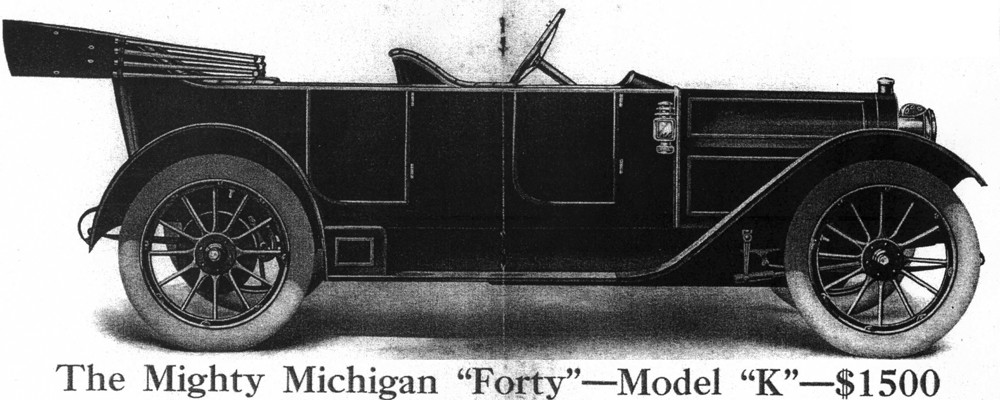The new tuned magneto has since behaved itself. The starting routine that seems to work best is as follows:
- Open valve on gas supply line next to the carburetor
- Pull out the choke wire
- Turn the engine over 4 or 5 cranks
- Push in choke wire
- Get in car, verify in neutral, push in clutch pedal
- Adjust gas to 1:00 position and spark to 1:00 position
- Turn switch to BAT.
- Push Shower of Sparks button.
- Turn switch to MAG. after it starts.
Normally that will start the car……. Except when it is warm. That routine has yet to be perfected.
On August 31, 2022 we started up the car and went out to visit friends. We picked up Bryan & Carole Gunner and then proceeded to visit Dave & Anita Trotta, where their son Nick, climbed aboard and we drove a short distance through the neighborhood.
We probably put a total of 10 miles or less on the car, but it was overheating at every stop.
When we returned home I set out to see if a Gano coolant filter I had installed might be plugged. It was. It appeared to be small fibers and rusty goop.
After cleaning the filter, I could see that there was considerable oil and water around the threads of the valve chamber plugs. A bubble or two was also present. So I removed them. This was obviously a compression leak and perhaps something more sinister.
I decided to remove the water jacket cover as well and try to see if we had a cracked or leaking piston or a hole in the water jacket that might penetrate the cylinder wall.
The height of the water was reassuring (indicating small or no leaks). I then re-installed the valve chamber plugs without the spark plugs and filled each cylinder with compressed air as I rotated the fly wheel to a “valves closed” position and looked for bubbles. There were none. On the compression stroke, the compressed air would push the piston down, rotating the flywheel part way. This was true for both “suspect” cylinders. Trapped air could also be released through the priming cups. All in all, this was a very reassuring result. No apparent leaks in the water jacket and reasonably tight piston rings. I suspect the culprit was the copper ring gaskets I made to replace the old flattened ones I had removed from the valve chamber plugs. Standard sized replacement gaskets were not to be had through any of the gasket resources available. They were either too large to fit in the recesses in the head or too small to go over the threaded plug. I had made solid copper wire rings and soldered the break. I think I will try stranded wire in the future to see if it seals more securely and crushes better than the solid annealed wire. The leaks prove that I’m not getting full power from the engine and that is a bummer. For the time being, I’m going to reassemble the plugs and gaskets as is, but with a bit more anti-seize paste and tightening the plugs a bit more. Maybe I can get them to seal up.








